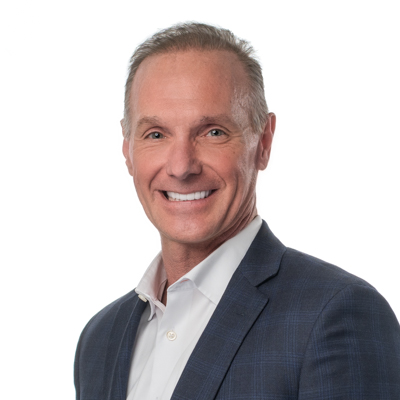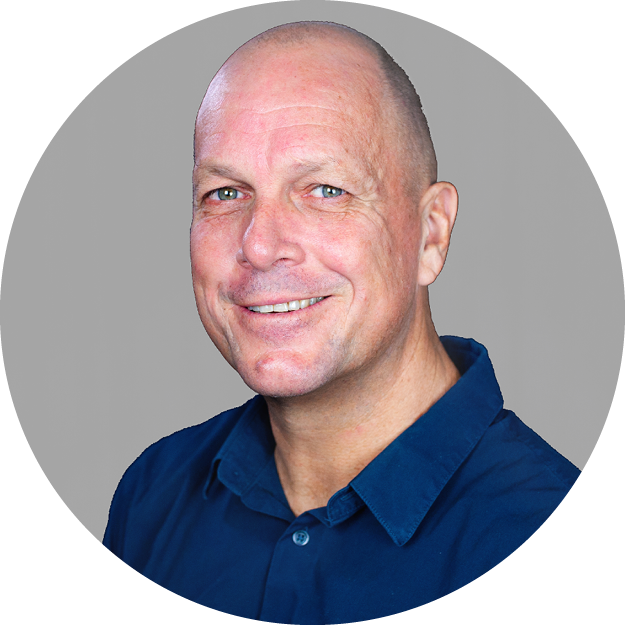Hearing from accountants about their journeys, challenges and accomplishments is always rewarding. Mike Meilinger of Meilinger Consulting, P.C. was interviewed recently by Panalitix Director Colin Dunn and there were many important lessons for accountants building up their businesses, especially those interested in advisory services. Read on and you will probably find something you can apply in your business.
On starting and growing the business
Mike started his business in his house back in 1997, partly because he “couldn’t keep a job”! It took a few years to reach $125,000 in revenue, working many 100-hour weeks. With the business taking a toll on his personal life, Mike merged his firm with that of another CPA / mentor who taught Mike “how to make money as an accountant”. Among other things, he doubled billing rates for all clients… and no one left. That led to a welcome increase in revenue (and an important lesson for Mike).
In the next phase, Mike continued to attract smaller clients and grew the business to around $700,000 before encountering “growing pains”, especially high client churn and employee challenges. In 2005, he sold out to his business partner and started a litigation practice which brought new lessons such as the importance of a business vision, increased focus on business clients, the need to delegate work and finding new opportunities from existing clients. Today, with around 75 customers, 10 employees and $1.8 million in revenue, the goal is to double the size of the business in 3 or 4 years, while being less involved in the delivery. (Important to note that the average work-week for each of the 10 employees is 42 hours and they are paid overtime).
On the clients he targets
Meilinger Consulting, P.C. is positioned as a CPA / Advisory firm targeting businesses that are serious about growth and generating wealth. The business enjoys a relatively high average fee per client and has especially strong expertise in service-based businesses including law firms, construction companies, and medical practices. Some clients are serial entrepreneurs who need help with multiple ventures.
Mike says, ‘I like to target clients who have outgrown their CPA, who might be very competent, but doesn’t have time to spend with the clients’. He likes to warn other CPAs, “If you don’t get rid of your bad clients they will get rid of your good ones for you!”
On the service offering and pricing
Mike candidly says he is still working on how to describe his business to people he first meets but often uses the words ‘transformational accountant’. This seems to be well-received… and many of those prospects become clients!
The minimum fee to engage Mike’s firm is $9,000 / year and the package will likely comprise compliance work, tax work, and tax planning, including client meetings twice per year. More complex clients will require more complex services.
Charging high fees takes courage but it is easier where clients perceive they will get real value and achieve their goals. “That means you need to understand exactly what the client wants to accomplish”.
Fortunately, pricing gets easier over time. “It’s like a muscle which strengthens with practice, commitment, courage, capabilities, and confidence!”
On the value accountants can offer
Rather than speaking about technical skills, Mike emphasizes that accountants provide ‘clarity’ to clients. “They should speak to clients like one business owner to another. Accountants have the benefit of speaking to many business owners from whom they learn valuable lessons from the ‘real’ world. These lessons are leveraged to the advantage of other clients”.
On the importance of mindsets
Mike reminds us that, “the business you have today was created in your mind … [and] our problems are also created in our minds”. So having the right mindset is critical in business. Mike shared some ‘critical truths’ that have influenced his mindset:
- Not all clients are ‘good’ clients. Client classification is important to discover how many clients account for how much revenue. “It’s like taking an X-ray of your clients”. [Mike used Panalitix Pareto Analysis tools for this purpose. For more information, click here].
- Some clients are ‘bad’ clients. They don’t want you to make money, they can treat staff badly and might not pay you well. “You need to lose these clients and there are ways to do so ‘nicely’ such as with price increases or referring them to other accountants”. [Mike is a fan of making referrals because they are often reciprocated down the line].
- A core groups of clients love and support you and want you to succeed. You should interact with them at every opportunity. “Talk to them, go and see them. You’ll come back with more work”.
- You won’t get rich on individual tax returns unless you have huge scale.
- Get serious about delegating tasks that don’t make money.
Doing business in the COVID-19 world
Mike admits he used to say, “There is no such thing as an accounting emergency… but this period feels like the closest thing to it”. We have to manage our own feelings and step up. “Focus on service because clients need you more than ever”. There is a silver lining because Mike believes some firms (and their clients) will grow during this. Even for the gym owners, hoteliers, dentists and others who are not working, opportunities will arise. “We need to ‘outrun’ the challenges”.
Meilinger Consulting, P.C. is reaching out to clients more than ever. “We’ve done webinars on tax changes, loan packages, and relief programs. Clients appreciate this. Some of this work we’re doing at no extra cost, especially where clients are hurting. We feel we must step up and help clients at this time. Fortunately, we have fixed price agreements so, while our realization may go down, we have guaranteed income. For clients we are helping at no cost, we still send a ‘zero bill’”.
On personal business philosophy
Mike shared some pointers on his own business philosophy:
- Identify inner conflicts… meaning “the things you spend time arguing with yourself about”. This means what you WANT is out of synch with what you BELIEVE. A typical example for accountants: “I WANT to work 40 hours but I BELIEVE I need to work much more”.
- Ask why you believe something. Your beliefs are just a decision and can be changed. E.g. If you watched a parent work really hard for money, you may believe that people always have to work that hard for money. But the reality may be different and you have choices.
- It’s important to be grateful. Your body releases chemicals that heal and you’ll feel energized.
- Get clear on what you want, not what you don’t want. Worry less about the ‘how’. A Buddhist saying says, “When the student is ready, the teacher will show up”.
- Ask good questions. Ask powerful questions. Example: Why am I grateful for this client? How can I bring value? What point of wisdom do I need to bring? Who needs me on my ‘A-game’ today? “In some cases, you may need to encourage the client to act aggressively and in others, you may promote an ultra-cautious approach. You discover what to do through the questions you ask”.
- Don’t fear failure. There’s no such thing as failure. There is only learning and redirection of your current course. Mistakes, such as pricing an assignment too low and factors out of your control like recessions, steer you down a new path. Recognize that unpredictable but positive outcomes can come from all situations.
On building credibility as a business advisor
This is partly about ‘positioning’ your business as an advisor, not as a tax preparer. Focus on giving advice and generating positive business outcomes for clients. Truly understanding the client and their goals are critical in selling advisory services. Then you can be a trusted advisor, not just an ‘overhead’.
Mike has used a number of ‘tools’ in his advisory work including Panalitix’s GrowthEquation which identifies the drivers of success in a business and simulates business potential. What would happen, for example, if lead generation, client retention or price increased by 10%? Working through this with clients enables the accountant to offer powerful business analysis and advice.
Mike says, “We used the GrowthEquation in a $100 million-plus company and identified where to focus to generate an additional $2 million in profit”.
On Selling
Many accountants have a negative perception of selling. “They think it is a win / lose situation. But you need to believe that your client needs more of you. And that what you are doing enables your client to do more. In that case, you are not selling… but serving your client so they can achieve more”.
Remember your advice and service can change someone’s life significantly.
Selling also takes perseverance. “I asked a client to think about asset protection for years and eventually he listened… but it took a lot of persistence”. Today that client is very thankful for Mike’s persistence.
Mike challenges himself to always “work up to the next level”. Have the comfort to interact in groups that are challenging to you and you may feel you don’t belong. Overcome any limiting beliefs. “Those guys are not better than you. Building confidence within these groups grows your credibility in all walks of life”.
Colin and Mike agreed that the ‘language’ you use in business is critical. Much of your confidence and credibility is tied up in how you present yourself.
Our thanks to Mike for being a great interviewee and we hope to learn more from him in the future!


![]()
![]()




